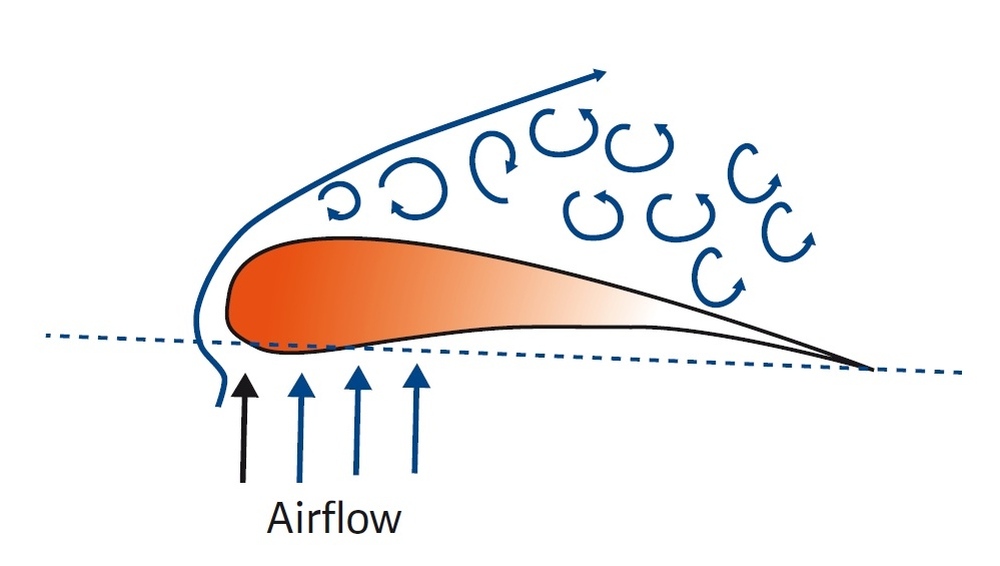
During which part of the flight is the angle of attack so large that the airflow around the airfoil is no longer laminar but instead 'breaks' and becomes turbulent?
The air flow around an airfoil 'breaks' (the paraglider stalls) when the angle of attack becomes too high, for example with full brakes on. In all other answers the airspeed is high and therefore the angle of attack is much smaller, nowhere close to the stall point.
See the sections on deep stall and stall in the Aerodynamics chapter.
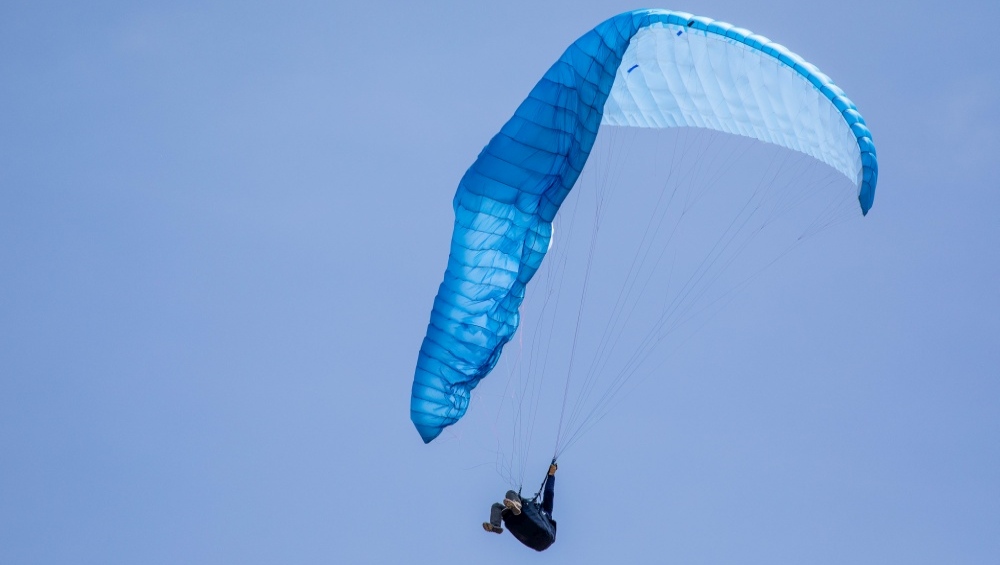
Your wing collapses on the right hand side. What is the first thing you do?
Most collapses will reinflate spontaneously. Therefore it is most important to keep your course by weightshifting and applying a bit of brake if necessary and avoid obstacles or other pilots. Then look up and see if you need to solve the collapse.
See the section on Incidents in flight in the chapter on Advanced flying.
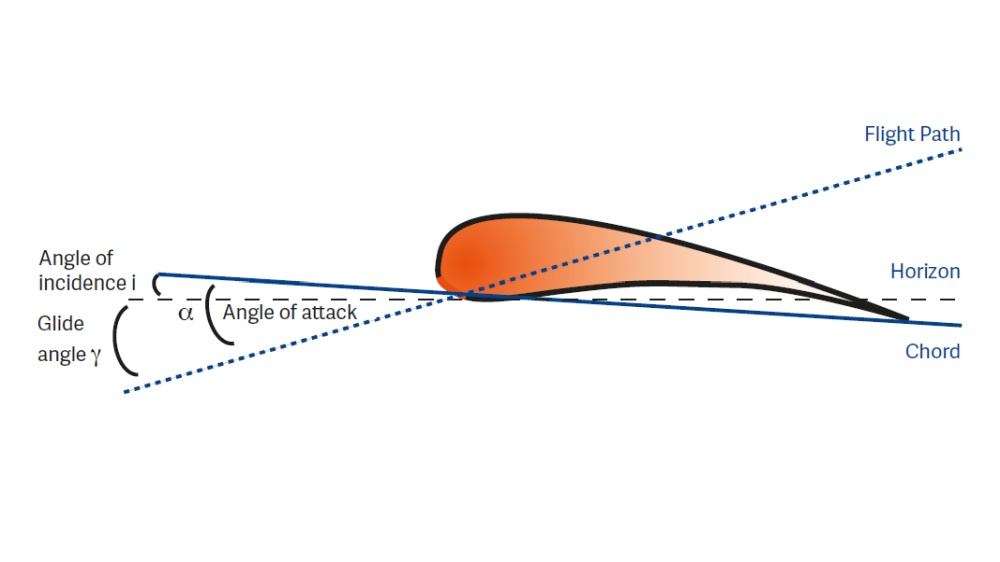
A paraglider is flying at low airspeed. What is the effect of increasing the angle of attack?
At low airspeed, the angle of attack is already high. Increasing it even more (by braking for example) will decrease lift and increase drag even more, bringing the airfoil closer to its stall point.
See the sections on Lift and drag in the Aerodynamics chapter.
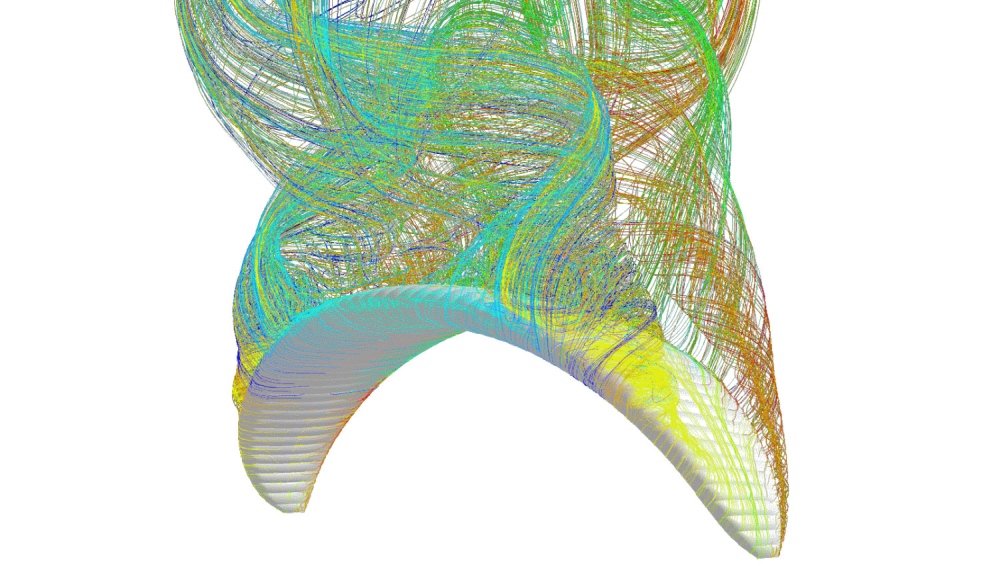
At 500m above the landing field you notice that your glider has entered a deep stall. What is the best thing to do?
It's best to sit still and wait four seconds. Ususally the glider starts to fly again on its own.
If it doesn't, then go for option D: push the A-risers forward or push the speed bar to gain speed.
See the section on deep stall in the chapter on Advanced flying.
What is the air pressure at sea level and how does the air pressure change with altitude?
Air pressure at sea level varies quite a bit over the earth. On average it is 1013,25hPa in what we call the Standard Atmosphere. Air pressure decreases with altitude, but not linearly. At 5500m it is 505hPa in the Standard Atmosphere, which is half of that at sea level.
.jpg)
You are flying on tow when suddenly the tow line snaps somewhere down low. Do you keep flying with the rest of the line still attached to your harness?
The best technique is to release the tow line but hold on to the line and bring it in as far as possible so it can't get stuck on an object on the ground. Dropping the line may cause it to fall over houses, roads, trees or people, but in an emergency, such as the line getting stuck and pulling you, you should immediately release and drop the line.
See the section on tow launch in the chapter on Basic techniques.

Which of these instruments is suitable to measure groundspeed?
A GPS calculates your position on (or above) the earth in time intervals. Therefore it can tell you your groundspeed as well.
A TAS measures True Air Speed. An anemometer measures wind speed. A variometer measures ascent and descent rates.
Which of the following statements about a Nautical Mile (NM) is not correct?
A NM is 1852 meter.
A statute mile is 1609 meter.
See the paragraph on Navigation.
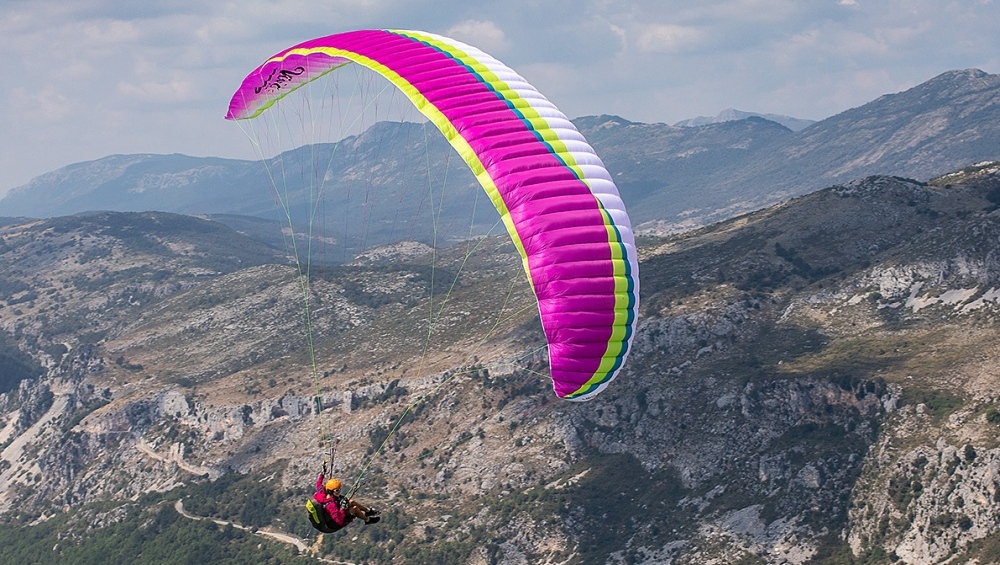
After take-off you notice that you need to pull quite a bit of right brake to ensure the paraglider flies straight ahead.
What is going on?
The left of the wing is clearly braked more than the right. Wind will push you in a direction but will not turn the glider. Therefore a knot in the lines which will cause braking is most likely.
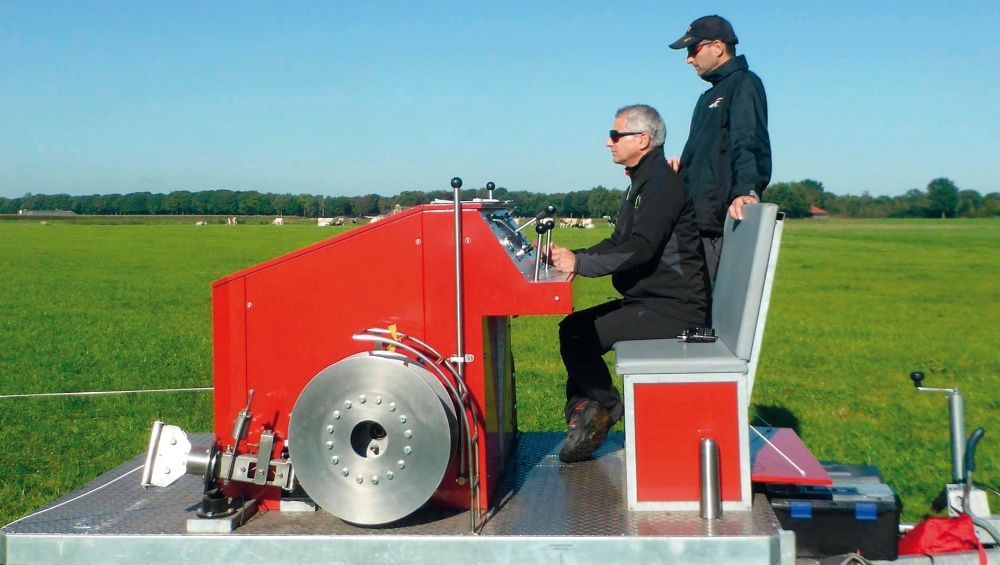
A static winch...
The photo shows a static winch mounted on a trailer. During towing it stays in one place.
Your result is shown above.
Did you like our quiz?
Share your result with your friends using the buttons below.